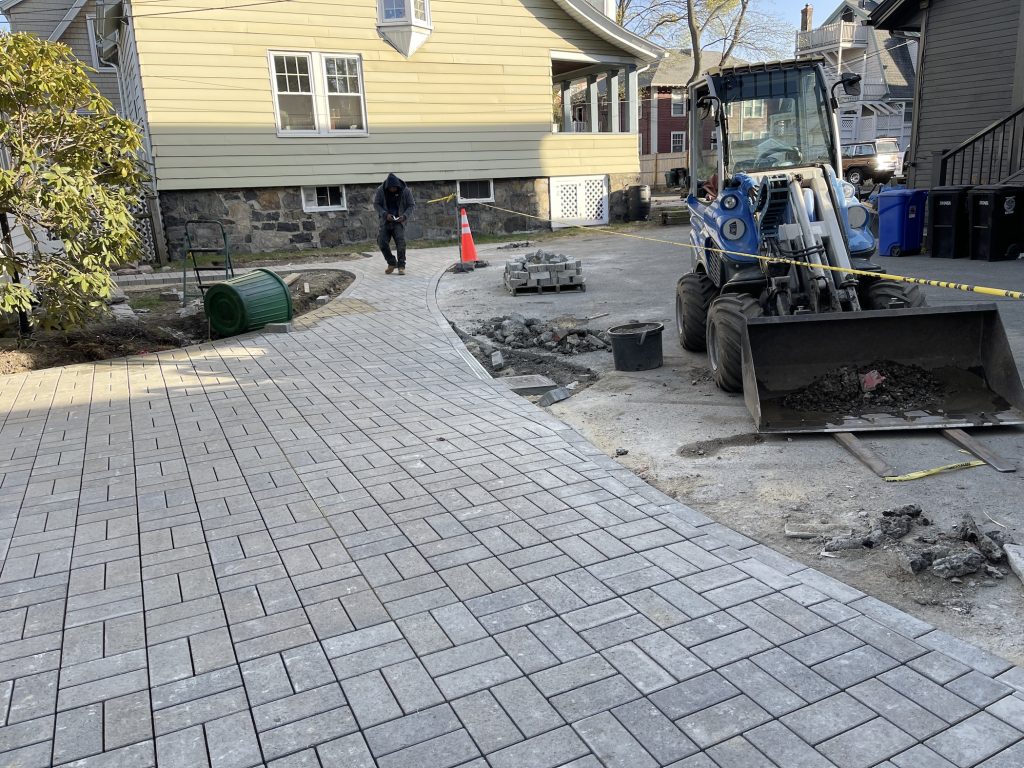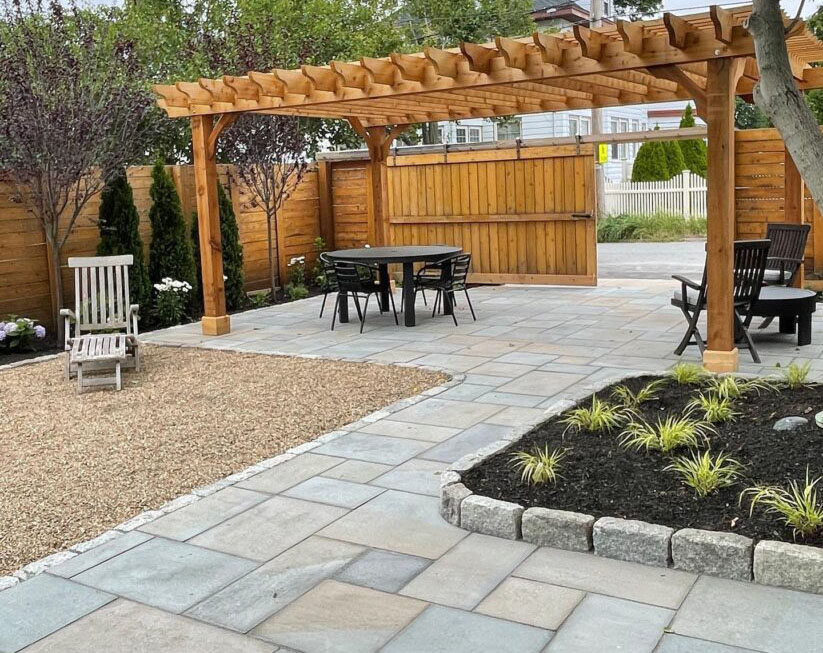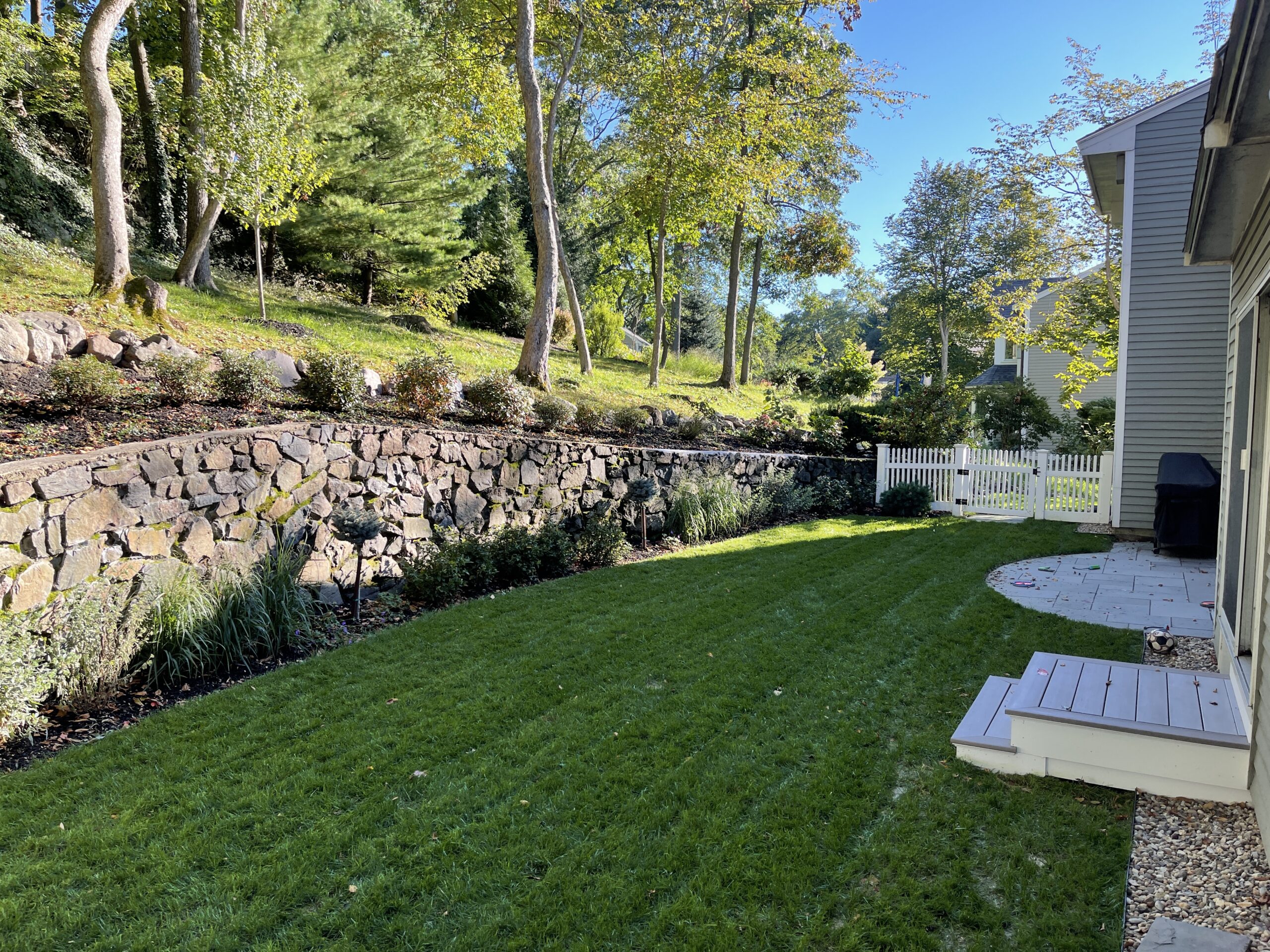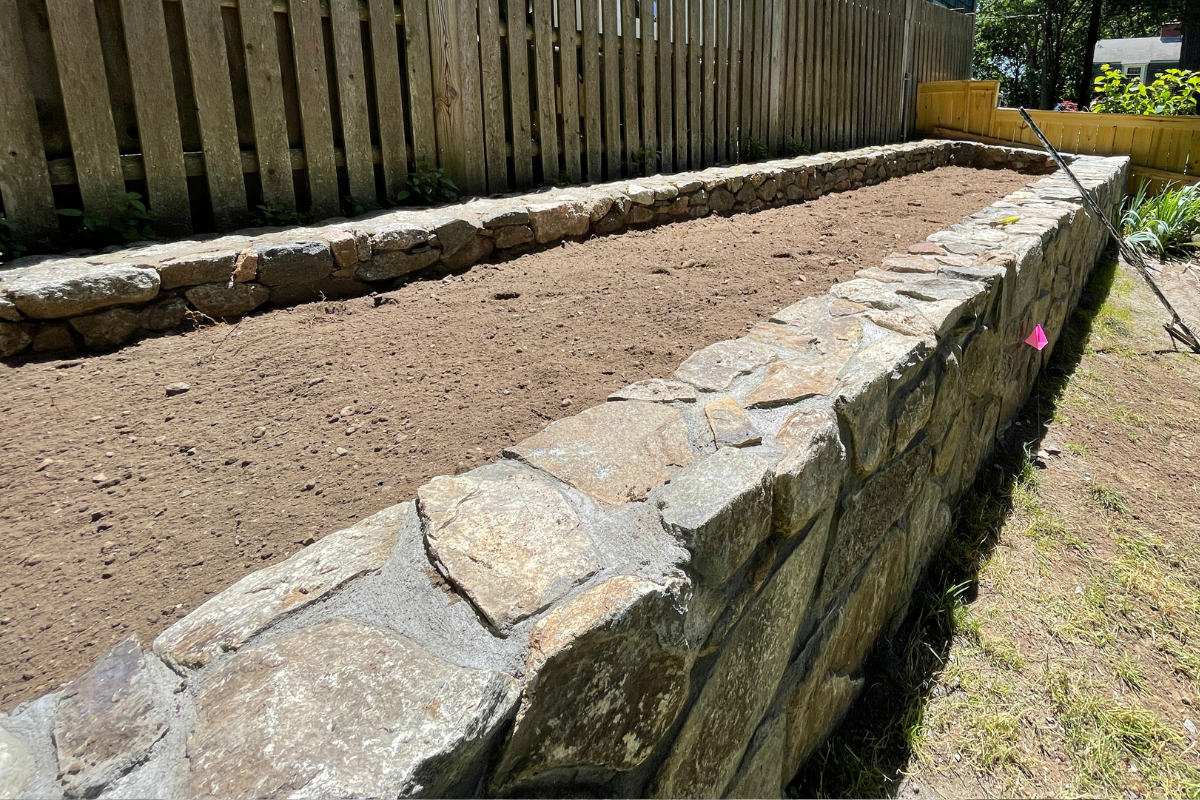
Masonry driveways and walkways face extreme conditions during Northeast winters. Freezing temperatures, ice, and snow can cause cracks, erosion, and long-term damage. Proper sealing, de-icing, and maintenance can extend their lifespan and keep them looking great. Homeowners who take preventative measures can avoid costly repairs and ensure safety throughout the winter season.
Seal Masonry Surfaces Before Winter Arrives
Why Sealing Is Important
Sealing masonry driveways and walkways protects them from moisture penetration. Water that seeps into cracks can freeze and expand, leading to damage. If left untreated, these cracks can worsen over time, resulting in the need for expensive repairs or even full replacements.
Choosing the Right Sealant
Apply a high-quality masonry sealant before the first frost to create a protective barrier. Choose a breathable sealant that allows trapped moisture to escape while keeping excess water out. Sealants come in different types, including penetrating sealers and film-forming sealers. Penetrating sealers are often recommended for high-traffic areas because they offer deep protection without altering the surface appearance.
How Often Should You Reseal?
Reapply sealant every two to three years for the best protection. Regular sealing helps masonry surfaces withstand the freeze-thaw cycles common in Northeast winters. Inspect your driveway and walkway in early fall to determine if resealing is needed before temperatures drop.
Use the Right De-Icing Products
Harmful De-Icers to Avoid
Many traditional de-icing products contain chemicals that accelerate masonry deterioration. Some compounds cause excessive moisture absorption, leading to cracks and surface erosion. Others leave behind residues that weaken masonry over time or cause discoloration. These products may also negatively impact surrounding soil, plants, and groundwater, contributing to environmental concerns.
Recommended Alternatives
Instead of traditional rock salt and harsh chemical de-icers, use calcium magnesium acetate (CMA) or calcium chloride. CMA is a biodegradable, environmentally friendly alternative that reduces ice formation without corroding masonry. It works by preventing snow and ice from bonding to the surface, making removal easier. Calcium chloride is effective at lower temperatures than traditional salts and causes less damage to masonry while still melting ice efficiently.
Using Sand for Traction
For areas with persistent ice, sand is an excellent option. While it does not melt ice, it improves traction, reducing the risk of slips and falls. Sand is non-corrosive, safe for masonry, and easy to apply. For best results, combine sand with a small amount of a safe de-icer to improve overall effectiveness while minimizing potential damage.
Shovel and Remove Snow Promptly
Why Snow Removal Matters
Letting snow sit on masonry surfaces increases the risk of ice formation and water damage. When snow melts and refreezes, it creates hazardous icy patches and allows moisture to seep into masonry cracks.
Proper Snow Removal Techniques
Shovel snow as soon as possible after a storm. Use a plastic shovel instead of a metal one to avoid scratching the surface. For larger areas, a snowblower with rubber-padded blades can prevent accidental chipping. Clearing snow promptly also reduces the need for excessive de-icing treatments.
Repair Cracks and Gaps Early
The Impact of Freeze-Thaw Cycles
Small cracks can expand when water seeps in and freezes. This process, known as the freeze-thaw cycle, is one of the leading causes of masonry deterioration in cold climates.
How to Repair Minor Damage
Inspect masonry driveways and walkways for cracks before winter. Fill minor cracks with a flexible masonry crack filler to prevent further expansion. These fillers are easy to apply and provide temporary protection against harsh weather conditions.
When to Call a Professional
For larger damage, consult a professional to prevent further deterioration. If cracks are deep or widespread, professional masonry repair services may be necessary to restore structural integrity. Addressing these issues early can help avoid costly repairs in the future.
Enlisting Professional Help During Winter
Some masonry issues, such as significant cracking or shifting, require expert attention even during winter. Professionals can assess damage caused by freeze-thaw cycles and apply temporary fixes to prevent further deterioration. Emergency masonry services may be necessary if severe weather worsens pre-existing structural weaknesses.
Improve Drainage to Prevent Water Damage
The Role of Proper Drainage
Poor drainage can lead to standing water, which weakens masonry over time. Water pooling on a driveway or walkway can seep into small crevices, exacerbating winter damage.
How to Improve Drainage
Ensure that driveways and walkways slope away from buildings and avoid low spots where water collects. Installing a French drain or adjusting grading can help direct water away from masonry surfaces. Keeping gutters clean also prevents excess water from spilling onto walkways and freezing into dangerous ice patches.
Avoid Using Metal Tools for Ice Removal
Risks of Metal Tools
Metal tools like ice chippers and shovels can scratch or crack masonry surfaces. Even small chips and scratches can weaken masonry, leading to faster deterioration over time.
Safer Alternatives
Instead, use a plastic ice scraper or a rubber-edged shovel. Heated mats are another option for preventing ice buildup without causing damage. These mats provide consistent warmth and can be placed on high-traffic areas to reduce the need for chemical de-icers.
Plan for Spring Maintenance
Assessing Winter Damage
Winter weather can leave behind damage that requires attention. Once temperatures rise, inspect masonry surfaces for new cracks, stains, or areas needing resealing. Identifying problems early allows homeowners to make necessary repairs before they worsen.
Cleaning and Resealing
Pressure wash driveways and walkways to remove salt residue and dirt. Cleaning helps maintain the appearance of masonry and prevents long-term staining. After cleaning, check if resealing is necessary to restore protection for the upcoming year.
Scheduling Professional Repairs in Spring
Spring is the ideal time to schedule professional masonry repairs. Experts can assess the full extent of winter damage and make long-lasting repairs to prevent further deterioration. Hiring a professional ensures that your masonry driveway and walkway will be structurally sound before the next winter arrives. This proactive approach reduces the likelihood of emergency repairs during the colder months and extends the life of your investment.
Conclusion
Masonry driveways and walkways require proper care to withstand Northeast winters. Sealing, careful de-icing, and regular maintenance can help preserve their beauty and durability for years to come. Taking proactive measures now, including enlisting professionals for winter repairs and spring restoration, can prevent costly repairs and keep outdoor surfaces safe and functional throughout the winter months.




